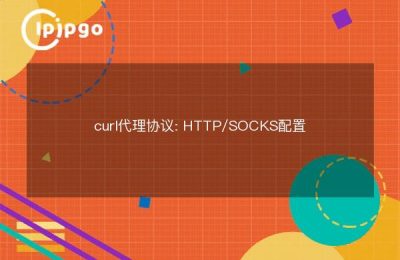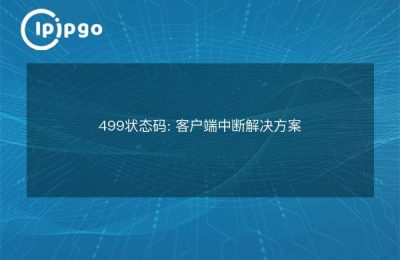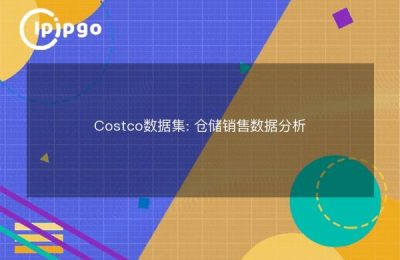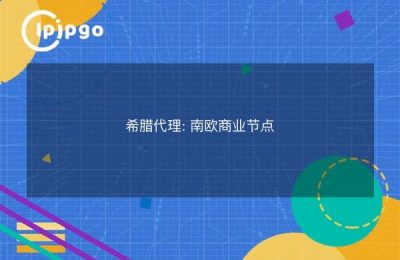
Why do you need proxy IPs for search engine crawlers?
When a business or individual needs to continuously monitor the rankings of search engines such as Google, Bing, etc., sending HF requests directly from a local IP can run into two fatal problems:Triggering the anti-climbing mechanism leads to IP blockingas well asSearch results are inaccurately affected by geographic locationFor example, if you use a fixed IP to search for "travel tips" in Beijing, the ranking may be completely different from that of Shanghai. For example, if you use a fixed IP to search for "travel tips" in Beijing, the rankings you get may be completely different from what users in Shanghai see.
This is the time to pass theResidential agent IPs in different regions of the worldto simulate real user access. Take ipipgo's service for example, their residential IPs cover more than 240 countries, and behind each IP is a real home network environment. When you rotate between IPs in New York, London, and Tokyo, the search engine will consider it a normal user visit from a different region, which ensures data accuracy and avoids triggering blocking.
Build a search engine monitoring system in three steps
Step 1: Obtain reliable proxy resources
Choose a proxy service that supports the full HTTP/HTTPS/SOCKS5 protocols. ipipgo offers both dynamic and static IP types: dynamic IPs are good for scenarios where frequent switching is required, while static IPs are used for situations where fixed authentication is required. It is recommended to test the connection speed of nodes in different countries through their free trial first.
Step 2: Configure the request parameters
| Key parameters | Configuration example |
|---|---|
| request header | Need to include fields such as User-Agent, Accept-Language, etc. |
| request interval | Random 5-30 seconds to avoid fixed frequency |
| timeout setting | No more than 15 seconds for a single request |
Step 3: Data Cleaning and Storage
Extract the title, URL, and ranking position in the search results using regular expressions. It is recommended to also record the geographic location of the proxy IP being used at the time, which is critical for analyzing regional ranking differences.
Real User Behavior Simulation Techniques
The search engine's anti-crawl system will detect mouse movement trajectory, page dwell time and other behavioral characteristics. Here to share two practical tips:
1. Random scrolling page: after parsing the data, simulate the page scrolling when the user reads it, randomly stopping for 3-8 seconds
2. Mixed search types: alternate between text search, image search, map search, and other request types
With ipipgo's residential proxy, this can be accomplished in conjunction with these operationsThousands of security requests per hour. Their IP pool contains more than 90 million real home IPs, giving them a fresh fingerprint of the network environment every time they switch.
Frequently Asked Questions
Q: What should I do if my proxy IP access is slow?
A: Choose a service provider that supports filtering nodes by geographic location. ipipgo provides node speed measurement data for each country/city, and you can prioritize nodes with latency below 200ms.
Q: How can I prevent being recognized as a crawler?
A: In addition to switching IP, you should also pay attention to: ① Carry different cookies for each request ② Use headless browser rendering JS ③ Avoid searching for the exact same keywords in a short period of time
Q: How to choose between dynamic IP and static IP?
A: Dynamic IP for real-time monitoring (hourly switching), static IP for long-term tracking of specific areas. ipipgo supports two modes of free switching, and the static IP survival cycle is up to 72 hours.
Through the reasonable use of proxy IP technology, with real user behavior simulation, not only can we obtain accurate search engine ranking data, but also significantly reduce the risk of business interruption. It is recommended to continuously monitor the request success rate during the implementation process and adjust the IP usage strategy when it is lower than 95%.








